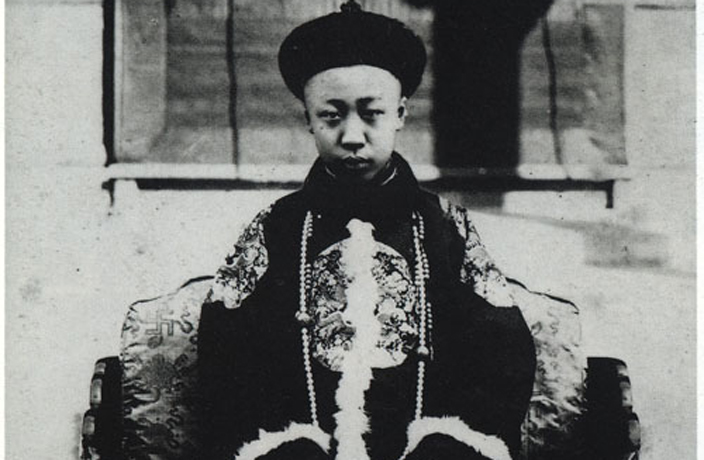When recapping the major events that took place in China in 1920, many would probably first think of the country’s ongoing warlord period, and the struggle against foreign powers. Yet, there was one major event which might go unmentioned: the massive earthquake that struck Gansu on December 16.
The catastrophe, known as the 1920 Haiyuan Earthquake, occurred at 7.06pm local time, with the epicenter located in Haiyuan, then a county in Gansu, but now a part of the Ningxia Hui Autonomous Region.
There are divergent accounts with regards to the scale of the disaster, with some sources saying that it was a magnitude 8.5 quake on the Richter scale, which measures an earthquake's seismic waves, while others indicate that it had a magnitude of 7.8. However, sources are consistent about the quake’s seismic intensity, which reached the highest level on the Mercalli intensity scale, which measures the observed effects of an earthquake.
According to Sohu.com, the power unleashed by the disaster was equivalent to that of two billion metric tons of TNT, with 96 earthquake monitoring bodies around the world having recorded shockwaves from the quake. It is also reported that aftershocks continued to rock the region for three years after the event.

Image via Sohu.com
Recent statistics released in 2010 show at least 273,400 were killed by the earthquake around the province, with Haiyuan suffering 73,604 deaths, nearly half of the county’s entire population.
The disaster affected an area of 20,000 square kilometers, with at least four counties and scores of villages within 200 kilometers of the epicenter completely reduced to ruins.
Ground cracks, major landslides, dammed lakes, as well as changes in river courses, also ensued in many areas around the province following the disaster.

Image via Sohu.com
Located in the Northwest of China, Gansu’s population is widely spread out, given its vast territory. As such, one might easily wonder why the death toll would exceed numbers from the 1923 Great Kanto Earthquake (nearly 150,000) and the 1976 Tangshan Earthquake (242,769), which both took place in more populous areas.
Apart from the obvious reasons, like the quake’s sheer magnitude, there are indeed some other reasons that gave rise to such devastation.
First, Gansu is located in the Loess Plateau, where the soil is dry and loose. This makes the province extremely vulnerable to earthquakes. In addition, many people lived in cave houses when the disaster took place, many of which collapsed easily during the strike.
Second, the lack of proper transportation and communication made it difficult to ensure a smooth flow of information and goods. Guo Zengjian, one of six scientists dispatched to conduct investigations into the earthquake, recalled that “the newspapers in Beijing couldn’t even specify the exact location of the earthquake… and it would take days to figure out what was happening.”
Third, the Beiyang government, which was in charge of the country at the time, became a hotbed for corruption and pocketed great portions of relief funds.
Last but not least, the earthquake took place right in the middle of winter, and with the average altitude ranging between 1,500 and 3,000 meters; many people who had survived the earthquake ended up dying from the extreme cold, a situation exasperated by the fact that frequent aftershocks caused survivors to fear building anything other than temporary shelters.
For more This Day in History stories, click here.
[Cover image via Sohu.com]






















0 User Comments